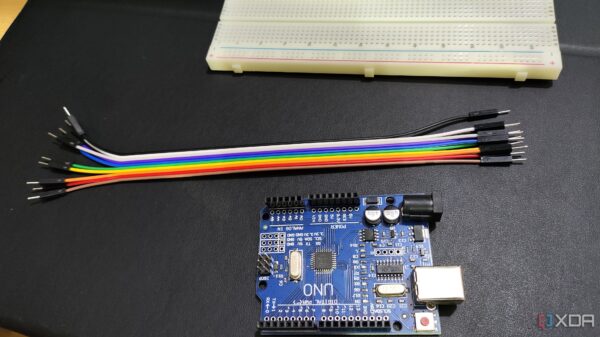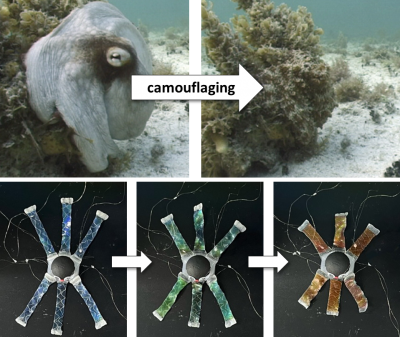Researchers at the University of Michigan have made a groundbreaking discovery that challenges established principles of physics. In a study published in Physical Review Letters, they identified quantum oscillations within an insulating material, suggesting that these effects arise from the material’s bulk rather than its surface. This revelation could lead to a new understanding of material behavior, hinting at a duality where substances might act as both metals and insulators.
New Insights from Quantum Oscillations
The research, supported by the U.S. National Science Foundation and the U.S. Department of Energy, focuses on a phenomenon known as quantum oscillations. Typically observed in metals, these oscillations occur when electrons vibrate in response to magnetic fields, resembling tiny springs. By adjusting the strength of the magnetic field, scientists can influence the movement of these “electron springs.” However, recent findings have shown that similar oscillations can also occur in insulators, materials traditionally understood to lack electrical conductivity.
Working alongside an international team, Lu Li, a physicist at the University of Michigan, uncovered that the oscillations did not originate solely from the surface of the material, but from within its bulk. “I wish I knew what to do with that,” Li remarked. “What we have right now is experimental evidence of a remarkable phenomenon.” The research team utilized the capabilities of the National Magnetic Field Laboratory, which houses some of the world’s most powerful magnets, to conduct their experiments.
A Collaborative Effort Yielding Clear Results
This study involved over a dozen scientists from six institutions in both the United States and Japan. Among them was research fellow Kuan-Wen Chen, who emphasized the significance of the findings, stating, “For years, scientists have pursued the answer to a fundamental question about the carrier origin in this exotic insulator: Is it from the bulk or the surface, intrinsic or extrinsic? We are excited to provide clear evidence that it is bulk and intrinsic.”
Li describes this discovery as indicative of a “new duality” in materials science. He compares it to the original duality established over a century ago, where light and matter were recognized to behave both as waves and particles. This earlier understanding led to significant technological advancements, such as solar cells and electron microscopes. The new duality, according to Li, consists of materials that can function as both conductors and insulators, a concept explored using a compound known as ytterbium boride (YbB12).
Exploring the Implications of “Metal-like” Behavior
During testing, the compound was subjected to an extraordinarily strong magnetic field of 35 Tesla, approximately 35 times stronger than that found in a typical hospital MRI machine. Li explained, “Effectively, we’re showing that this naive picture where we envisioned a surface with good conduction that’s feasible to use in electronics is completely wrong. It’s the whole compound that behaves like a metal even though it’s an insulator.”
While this “metal-like” behavior is observed only under extreme conditions, the findings provoke further inquiries into how materials behave at the quantum level. Graduate student Yuan Zhu remarked on the excitement of confirming that the oscillations are bulk and intrinsic, stating, “We hope our findings motivate further experiments and theoretical work.” The research was also supported by several organizations, including the Institute for Complex Adaptive Matter, the Gordon and Betty Moore Foundation, and the Japan Society for the Promotion of Science.
As this research continues to unfold, it opens avenues for future inquiry into the fundamental properties of materials, potentially leading to innovative applications in electronics and other fields. The exploration of this “bizarre” phenomenon offers a glimpse into the complexities of the quantum world, revealing just how strange the universe can be.




































































